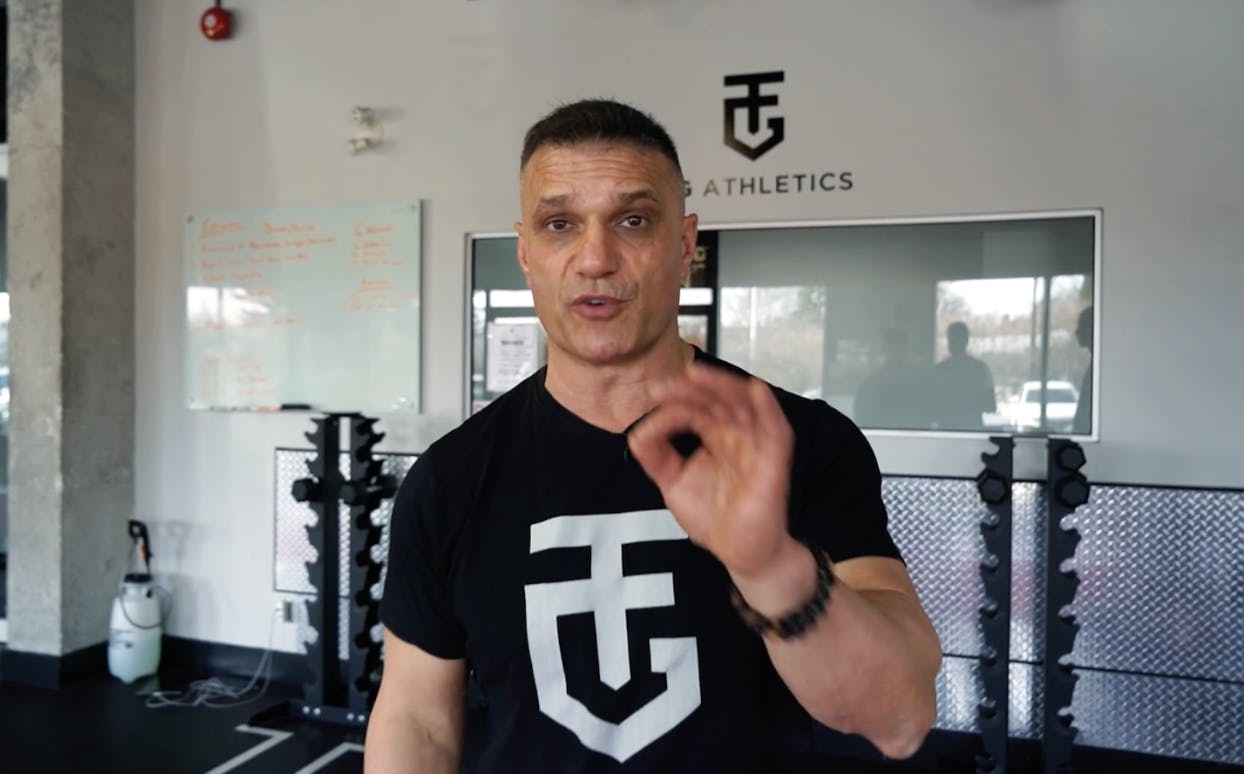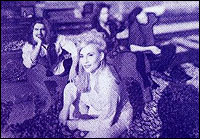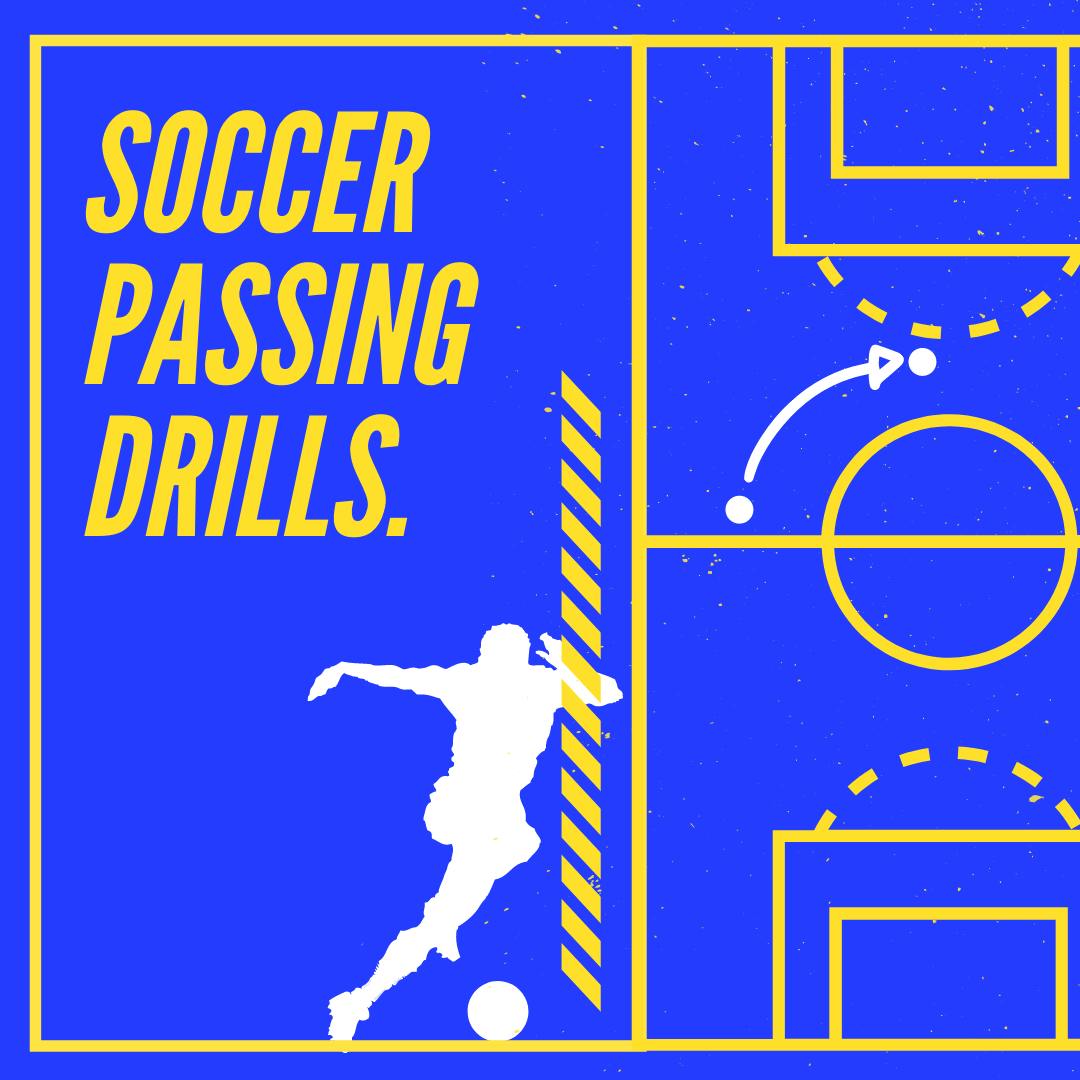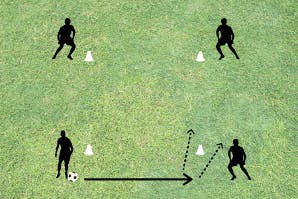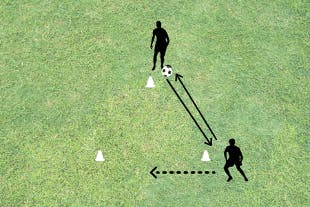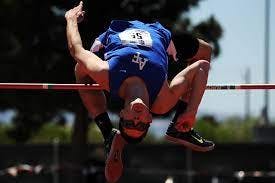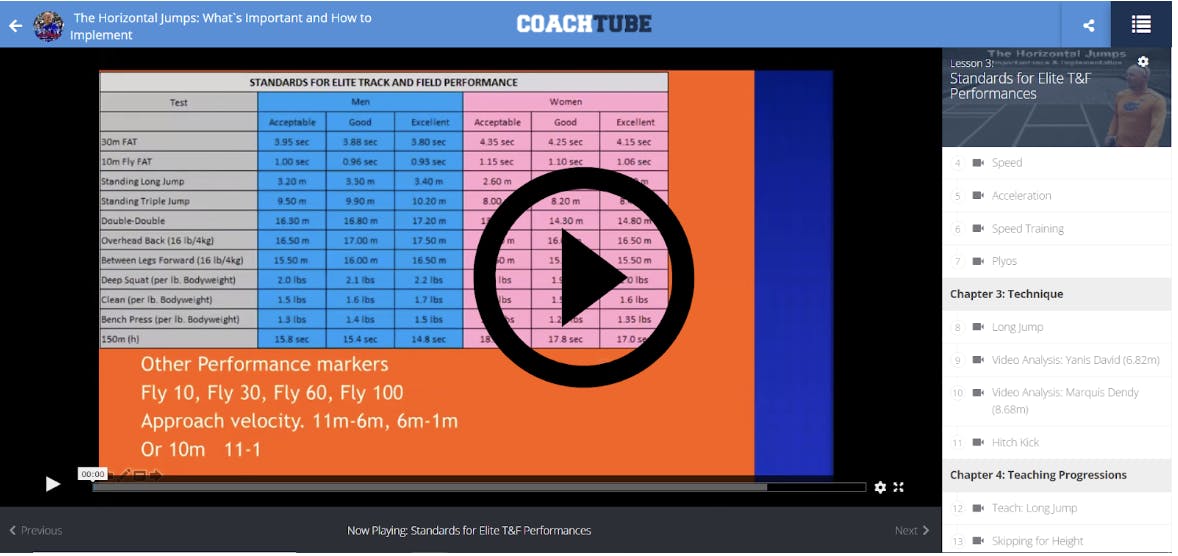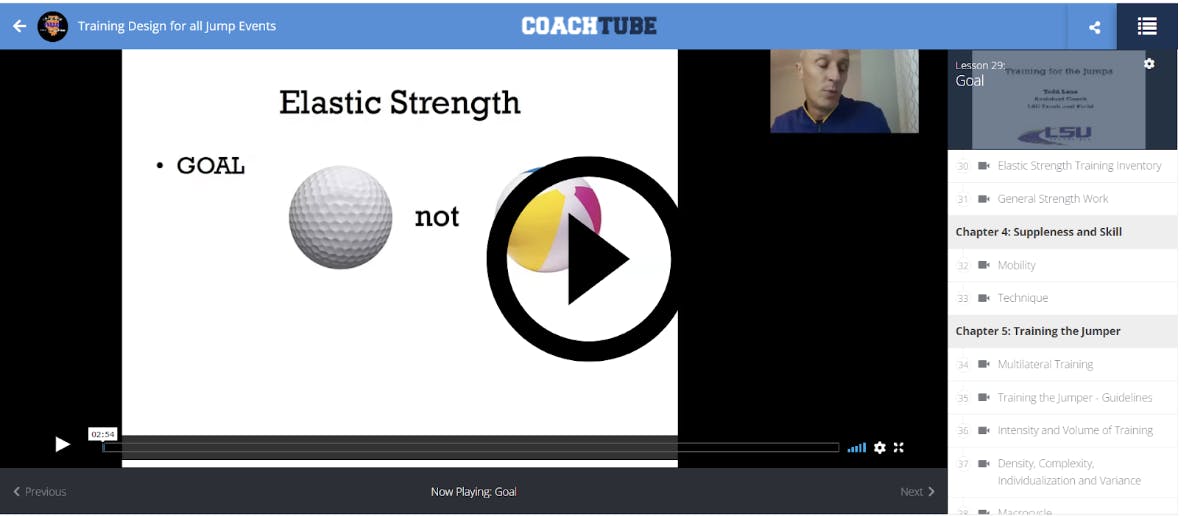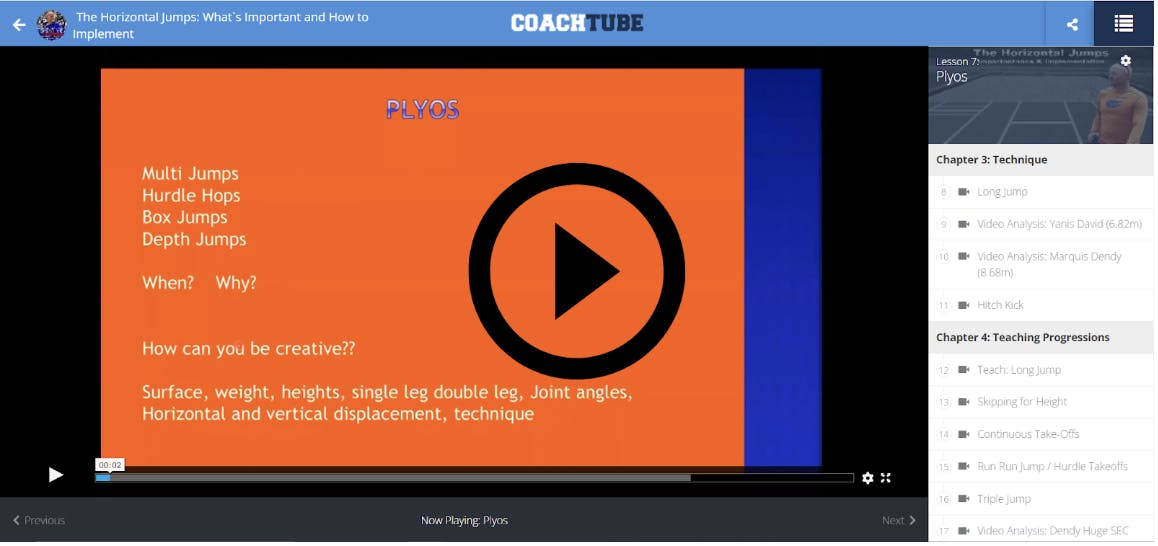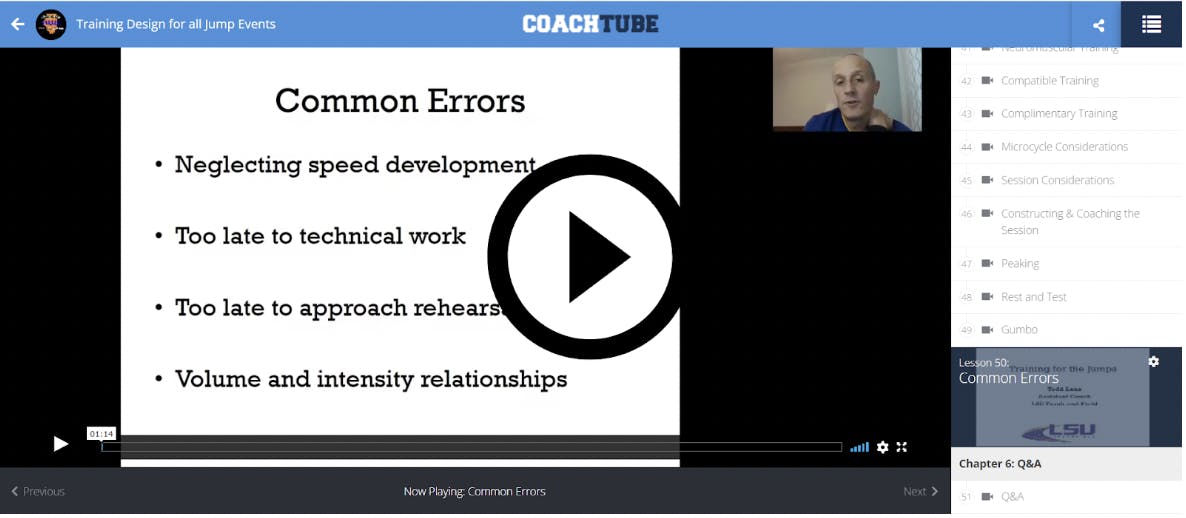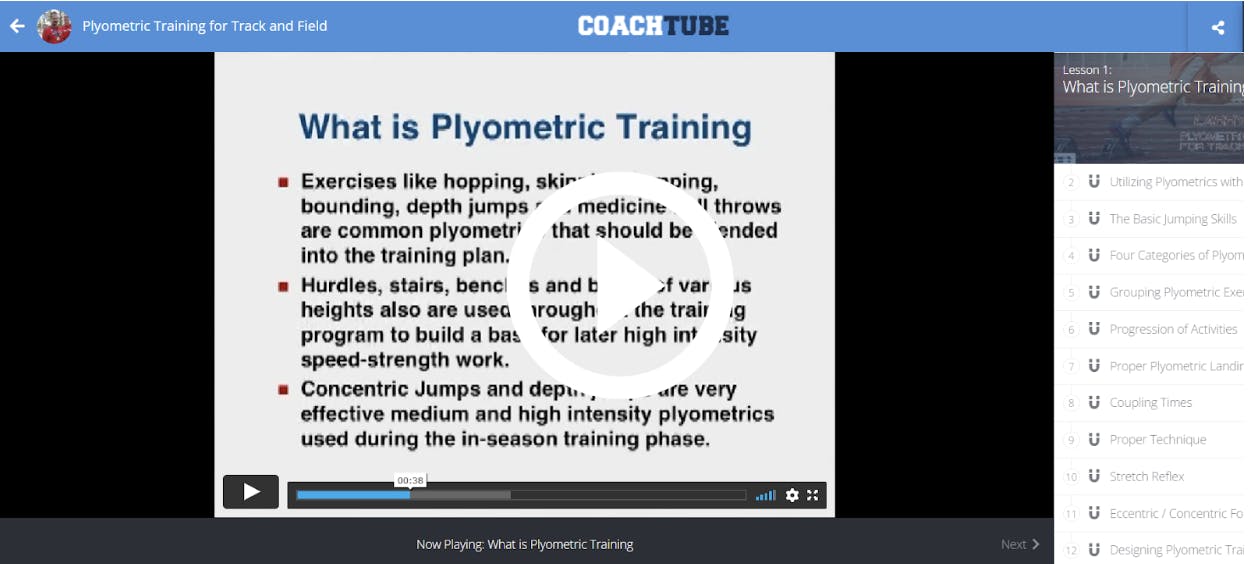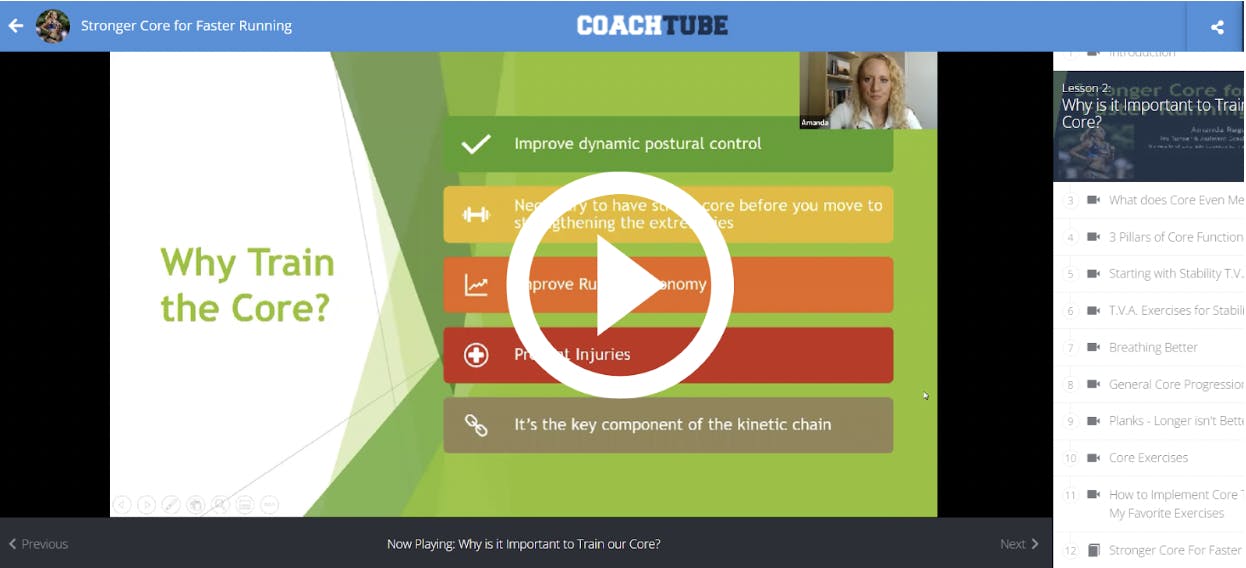- By Jacob Crabtree
Ice Hockey demands countless skills to be successful, and one of the most crucial abilities to have as a great hockey player is power. Every sport demands its specific strengths, but hockey is a different animal.
Hockey is difficult to train for as a sport that is played at extremely high speeds and has as many physical demands as football, but Tony Greco knows how to develop hockey players' strength like no other.
Off-ice training can be challenging to determine what exercises and coaches to listen to, but Tony is a trainer with outstanding expertise. These circuits are not only beneficial for on-ice abilities but teach players the pace and difficulty they should be training with for many off-seasons to come.
As Canada’s leading fitness specialist, Tony has worked with some of the biggest names in the NHL including; Claude Giroux, Brandt Clarkea and Jack Quinn. He is a top graduate of the Sports Performance Institute, and certification from his academy surpassed the National Fitness Leaders Advisory Council policies in all of personal, strength and aerobics training.
Not only does Tony offer outstanding opportunities for players to succeed on the ice but also provides knowledge as to how players should be eating, resting, and treating their mindset. Tony truly supplies players with the capability to become the top one percent of hockey players.
This 12-week program is for any position from goaltender, defenseman, or offensive player. Tony’s course is for those who refuse to cut any corners and are determined to become not just great, but exceptional hockey players. Pro Hockey Academy introduces you to the limits beyond the ones you already have and guides you on how to stay at that level for the rest of your career.
Tony’s main principles of the Pro Hockey Academy 12-week Program include:
Metabolic Conditioning
Speed
Nutrition
Linear and Lateral Movement
Upper Body Strength
Go here to view Tony’s entire Pro Hockey Academy Program Course
Speed Training
Tony has varied training focus points varying from week to week throughout his 12-week program, but what he centers the majority of his training around is speed.
While there are various exercises and methods Tony does to exploit speed in hockey for his students, this circuit provides students with a great workout that focuses on explosiveness. Being able to escape your defender can be difficult if you don’t have the power, and this circuit provides you the tools to escape anyone.
Tony’s workouts are all quick-paced with multiple exercises in each round, and this circuit is no different. Despite all of these circuits being challenging, find the beauty in the pain and the capability to push as hard as you can.
This circuit is 5 rounds, 5 reps for each exercise, including; back split lunges
weighted squat jumps, plate overhead lunges, lateral squat to knee drive, and stiff-legged eccentric deadlift. Take a look for yourself.
Mobility
Strength is certainly an important aspect of hockey, but flexibility and mobility are also incredibly essential.
To perform at the highest degree your body has to be warmed up, and Tony teaches his students how to appropriately do so. We often try to jump into training very quickly, but Tony acquaints his students with how to warm up properly and apply it to not only off-ice training but could also surely be applied on the ice before games.
Tony may have a large focus on strength in his course, but he prides himself on teaching his students the importance of being loose and flexible. So every player is fully able to train safely and also perform to the best of their ability.
Here are some of Tony’s favorite warm-up routines and stretches.
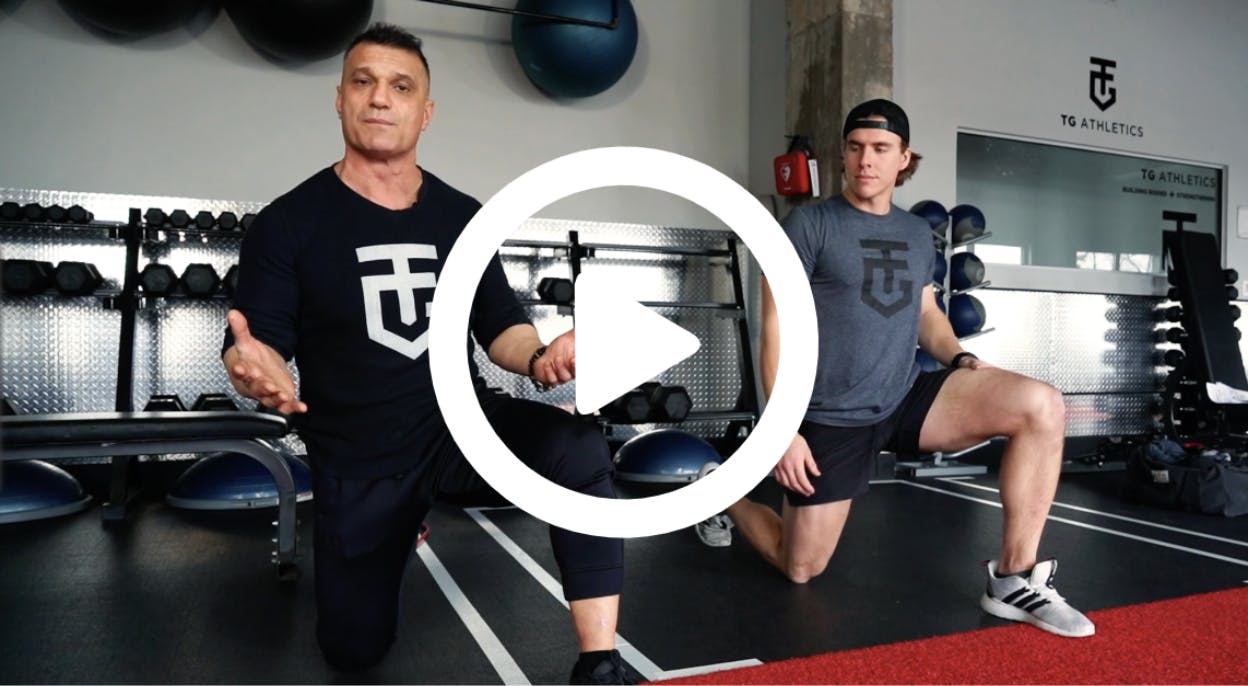
Strength Training
Strength is the main focus for anyone getting into off-ice training, and this module will do you justice.
Gaining strength is not easy, and this module equips participants with the power every player wants in the game of hockey. And while gaining strength is something every athlete desires, this circuit is not for the faint-hearted. These workouts make you earn it, no doubt about it.
These exercises are quick and challenging, but undoubtedly routines you can imagine aiding you to become a great hockey player. Tony encourages you to push beyond your limits, and this will indeed introduce you to your limits.
This circuit is five reps for each exercise, and four rounds with the following exercises; hang clean to press, alternating splitter hang cleans, split lunges to press and finishing off with splitters to skaters. May sound like some peculiar training, but make sense once you watch the video below.

